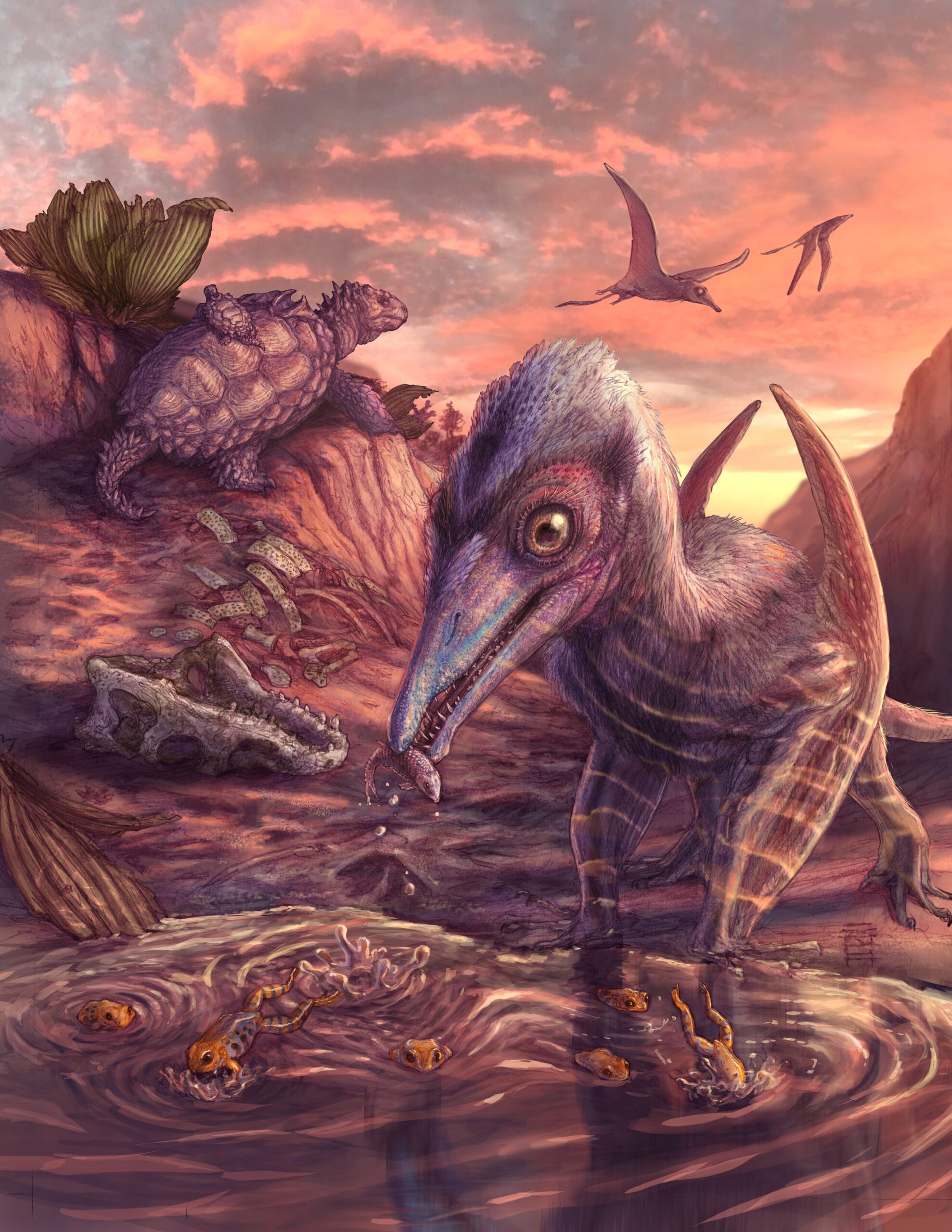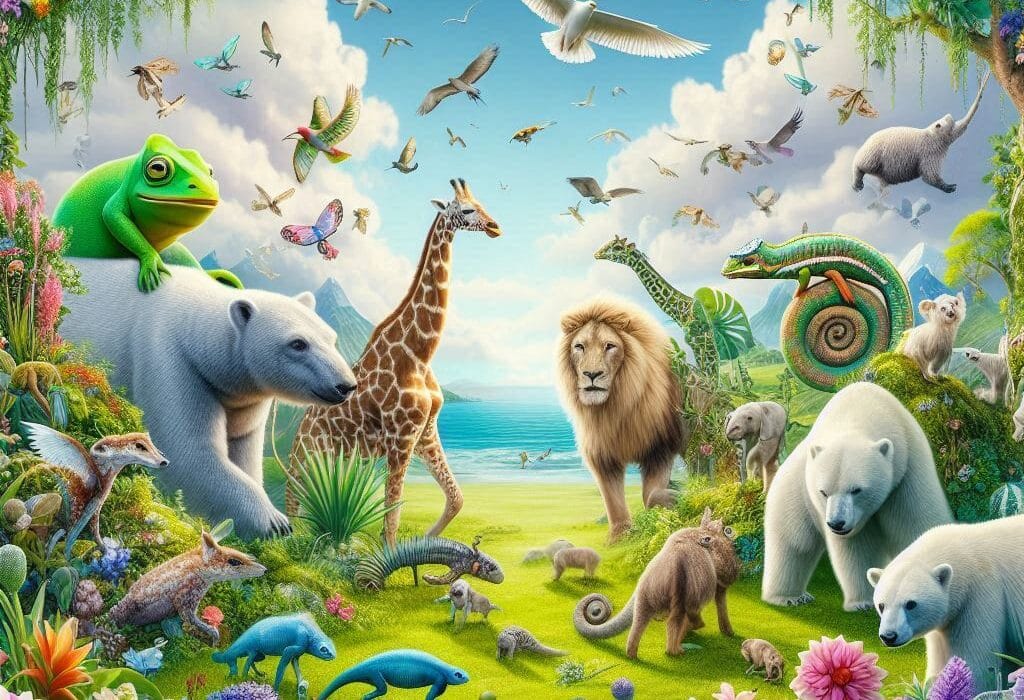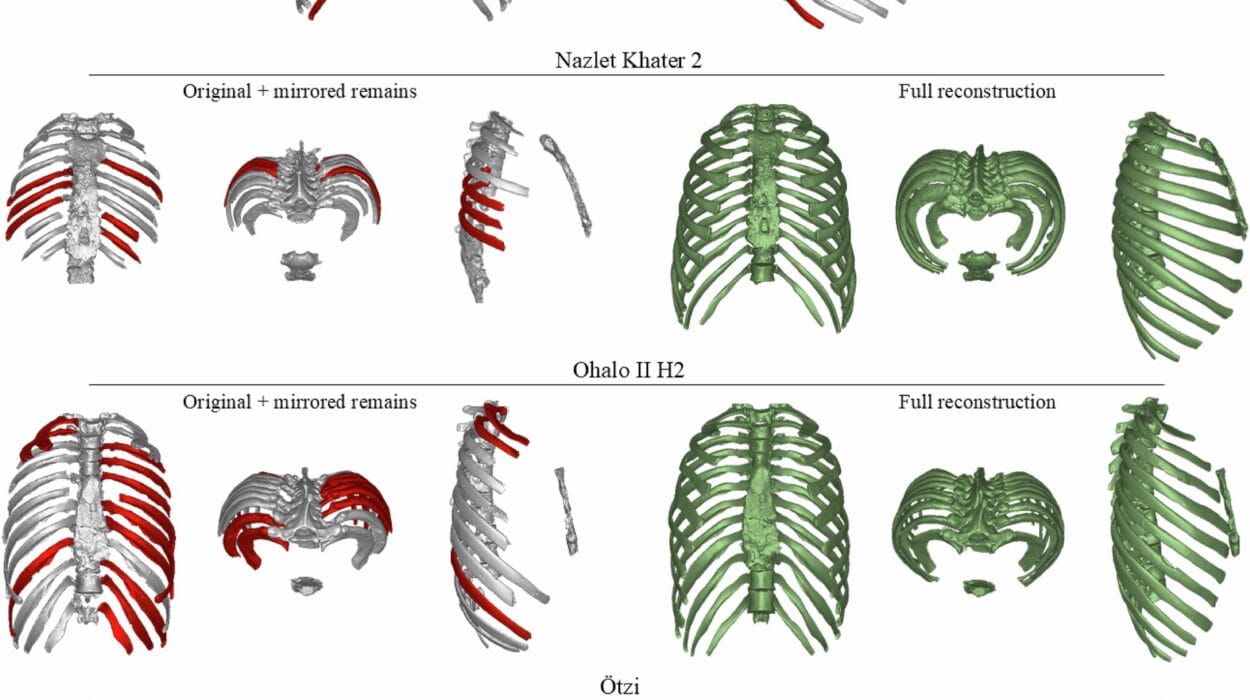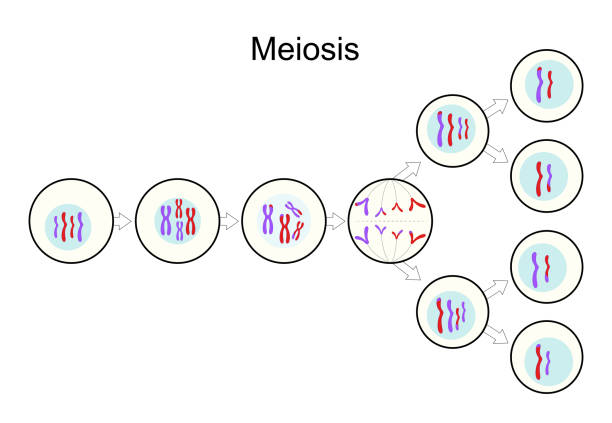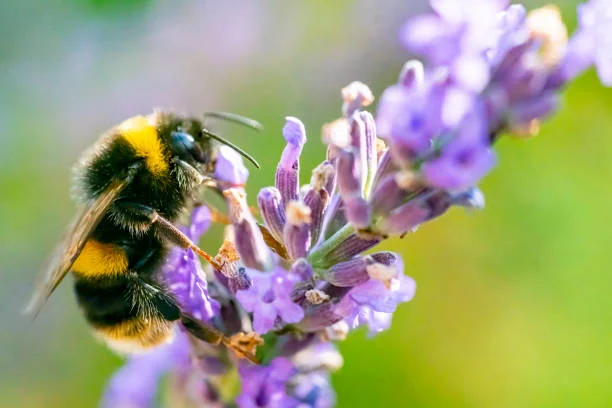In the vast theatre of human survival, perhaps no opponent has been more insidious, more enduring, or more transformative than the virus. These microscopic invaders, invisible to the naked eye, have shaped our history in ways few things have. From the Black Death to smallpox to the global upheaval caused by COVID-19, viruses have demonstrated their power to decimate populations and rewrite the fate of nations.
And yet, within this grim narrative, there is a beacon of hope that has time and again turned the tide—vaccines.
Vaccines are humanity’s quiet defense, a miracle of science and perseverance. They do not roar into battle like a surgeon’s scalpel or scream from the headlines like a breakthrough cure. They whisper. They prepare. And they protect—before the danger even arrives. To understand vaccines is to understand a triumph of knowledge over chaos, of preparation over panic, and of community over self. This story is not just about antibodies and antigens; it’s about how human ingenuity harnessed biology to rewrite our destiny.
What Is a Virus?
To understand how vaccines work, we must first explore what they are up against. A virus is not quite alive, but not truly inert either. It is a parasitic piece of genetic material—DNA or RNA—wrapped in a protein shell, and in some cases, a fatty envelope. Alone, it cannot replicate. It must invade the cells of a living host, hijacking their machinery to reproduce and spread.
Once inside the body, a virus binds to specific receptors on the surface of cells, slipping in like a lock-pick at a door. Once inside, it turns the cell into a virus factory. The host cell stops its normal functions and becomes an unwitting participant in its own destruction. The cell dies; the virus multiplies; the infection spreads.
Some viruses are relatively harmless. Others can cause lifelong damage or even death. The speed and stealth of their replication can overwhelm the body’s natural defenses—unless those defenses have already seen the invader before.
This is where vaccines come in.
The Immune System: Nature’s Surveillance Network
The immune system is one of the most complex and awe-inspiring networks in biology. It is both watchful and reactive, adaptive and persistent. It has memory and judgment. And though its work is largely invisible to us, it is one of the primary reasons we survive every day in a world teeming with microbial threats.
When a virus invades, the body mounts an immune response. The first responders are often the innate immune cells—phagocytes that devour pathogens and send chemical distress signals. But the real power lies in the adaptive immune system. This branch of the immune network involves T cells and B cells, which can recognize specific parts of a virus known as antigens.
When B cells recognize an antigen, they begin producing antibodies—Y-shaped proteins that lock onto the virus and mark it for destruction. T cells, on the other hand, may destroy infected cells directly or help coordinate the response.
Crucially, after the virus is cleared, some of these B and T cells persist as memory cells. These sentinels lie in wait. If the same virus returns, the immune system responds faster, stronger, and more effectively. This immunological memory is the foundation of vaccination.
The Birth of Vaccination: A Radical Idea
The concept of immunization dates back centuries, long before we understood viruses, DNA, or even the immune system. In 10th-century China and India, healers noticed that people who survived smallpox rarely got it again. Some began deliberately exposing healthy individuals to scabs or fluids from infected people in a practice called variolation. It was dangerous but surprisingly effective.
The breakthrough came in 1796 with Edward Jenner, an English physician. He noticed that milkmaids who contracted cowpox—a mild virus—seemed immune to smallpox. Jenner took pus from a cowpox sore and injected it into a boy named James Phipps. Weeks later, he exposed the boy to smallpox. Phipps did not fall ill. Jenner had invented the first vaccine.
The term “vaccine” comes from vacca, the Latin word for cow. Jenner’s work was revolutionary, but it would take another century for scientists to understand why it worked.
The Mechanics of a Vaccine
A vaccine works by mimicking an infection, training the immune system without causing disease. This can be done in several ways, each involving a slightly different scientific approach but with the same end goal: to prime the immune system for battle.
Some vaccines use inactivated (killed) viruses that can’t replicate but still provoke an immune response. Others use live but weakened viruses that reproduce slowly and safely. There are also subunit vaccines, which include only parts of a virus—often surface proteins that the immune system can recognize. Newer technologies include mRNA and viral vector vaccines, which deliver genetic instructions to our cells, prompting them to produce a harmless viral protein and stimulate immunity.
The body’s response to the vaccine is the same in each case: it identifies the foreign element, responds to it, and remembers it. So when the real virus tries to invade, the immune system is already armed and ready. What would have been a race against time becomes a swift and decisive counterattack.
The Timeline of Protection: How Immunity Builds
After receiving a vaccine, the immune response begins almost immediately. Antigen-presenting cells absorb the vaccine components and alert helper T cells, which then stimulate B cells to start making antibodies. Within days to weeks, antibody levels rise, peaking as the immune system reaches full alert. Some of these antibodies linger in the bloodstream, but more importantly, memory cells are stored in the bone marrow and lymph nodes, poised to respond again if needed.
The immune memory created by vaccines can last years, even decades. For diseases like measles or hepatitis B, a single series of shots can provide lifelong protection. For others, such as influenza or COVID-19, boosters may be needed due to waning immunity or viral mutations. The durability of protection depends on the type of vaccine, the virus itself, and individual differences in immune response.
Herd Immunity: Protection Through Community
One of the most profound benefits of vaccination is its impact on the broader community. When enough people are vaccinated, a virus has nowhere to spread. This phenomenon, known as herd immunity, protects even those who cannot be vaccinated—such as infants, the elderly, or individuals with immune disorders.
Herd immunity does not require every single person to be immune, but it does require a critical threshold—often 70 to 95%—depending on the disease’s contagiousness. Measles, for example, is highly infectious and requires over 90% immunity to prevent outbreaks.
When vaccination rates fall, herd immunity breaks down, and preventable diseases return. This is not theoretical. Resurgences of measles in parts of Europe and the United States have been directly linked to declining vaccine coverage fueled by misinformation and complacency. In these cases, the cost of forgetfulness is paid in lives.
The Evolution of Vaccine Technology
The journey from cowpox to cutting-edge mRNA technology spans centuries of scientific evolution. Each era brought new insights and innovations. In the 20th century, vaccines helped eradicate smallpox, dramatically reduce polio, and control diphtheria, tetanus, and whooping cough. The introduction of conjugate vaccines in the 1990s expanded protection to infants, while combination vaccines reduced the number of injections required.
The 21st century has ushered in a revolution. The development of the first mRNA vaccines—most notably those for COVID-19—showcased how swiftly science could respond to emerging threats. These vaccines were created, tested, and deployed in less than a year, saving millions of lives. Unlike traditional vaccines, mRNA vaccines do not use the virus itself. Instead, they deliver genetic blueprints that instruct cells to make a viral protein, triggering immunity without infection.
This technology is now being explored for other diseases, including influenza, HIV, Zika, and even cancer. Vaccines are no longer limited to prevention; they may soon become tools for treating chronic illnesses and genetic disorders.
Myths, Misinformation, and the Struggle for Trust
Despite their overwhelming success, vaccines remain the subject of public fear and conspiracy. The modern anti-vaccine movement is fueled not by science, but by skepticism, ideology, and misinformation. Myths linking vaccines to autism or chronic illness have been thoroughly debunked, but they persist in echo chambers and online platforms.
This resistance is not new. When smallpox vaccines were first introduced, critics decried them as unnatural or dangerous. But in a world where diseases can leap borders in hours and misinformation spreads at the speed of light, the stakes are higher than ever.
Restoring trust in vaccines requires more than just facts. It demands empathy, clear communication, and a commitment to transparency. It requires listening to fears, not mocking them, and educating with patience and respect. Public health is not merely a scientific endeavor; it is a moral and social contract.
The Global Impact of Vaccination
The global impact of vaccines is staggering. According to the World Health Organization, vaccines prevent 4 to 5 million deaths every year. They have eradicated smallpox—a disease that once killed 30% of those infected. Polio is now endemic in only a handful of countries. Vaccines have slashed child mortality rates, expanded life expectancy, and contributed to economic growth by reducing the burden of disease.
In regions plagued by poverty, conflict, and limited healthcare infrastructure, vaccines offer one of the most cost-effective ways to save lives. Programs like Gavi, the Vaccine Alliance, have delivered billions of doses to the world’s most vulnerable populations. These efforts are not only acts of health—they are acts of justice.
Vaccines also play a critical role in pandemic preparedness. As the COVID-19 pandemic demonstrated, rapid vaccine development can halt global devastation. But the challenges of equitable distribution, manufacturing capacity, and public acceptance remain daunting.
Ethical Frontiers and Future Challenges
As science pushes the boundaries of what vaccines can do, ethical questions grow more complex. Should vaccines be mandatory during pandemics? Who gets priority when supplies are limited? How do we balance individual freedom with collective safety?
Emerging technologies, like gene-editing and personalized vaccines, blur the line between prevention and enhancement. Vaccines for non-infectious diseases, such as Alzheimer’s or addiction, are under development. These raise questions about consent, access, and unintended consequences.
Meanwhile, climate change, urbanization, and biodiversity loss are increasing the risk of new viral outbreaks. Vaccinology must stay one step ahead. This means investing in surveillance systems, international cooperation, and platforms that can rapidly respond to unknown pathogens—what scientists now call “Disease X.”
A Legacy of Hope
The story of vaccines is not just a story of science—it is a story of love. Love for life. Love for community. Love for the generations yet to come. Vaccines are gifts we give not only to ourselves, but to strangers we will never meet. They represent the best of what we can be: rational, compassionate, and connected.
They remind us that prevention is more powerful than cure, and that health is not the absence of disease but the presence of protection.
In every vaccine vial, there is a story of sacrifice and brilliance—of scientists who toiled in obscurity, of parents who brought their children to clinics, of public health workers who braved war zones to reach the last mile. The needle may be small, but the idea behind it is vast.
Conclusion: The Future We Choose
As we look toward the future, the question is not whether vaccines work. The question is whether we will choose to trust, invest in, and equitably share their power. The threats we face are global; our responses must be too. Vaccines alone are not enough—but without them, everything else becomes harder.
In an age where science is often contested, vaccines stand as a quiet monument to what we can achieve when knowledge meets compassion. They are not just our defense against viruses—they are our declaration of solidarity against the fragility of life.
In protecting others, we protect ourselves. In remembering the lessons of the past, we build a healthier future. And in choosing to vaccinate, we choose not fear—but hope.

